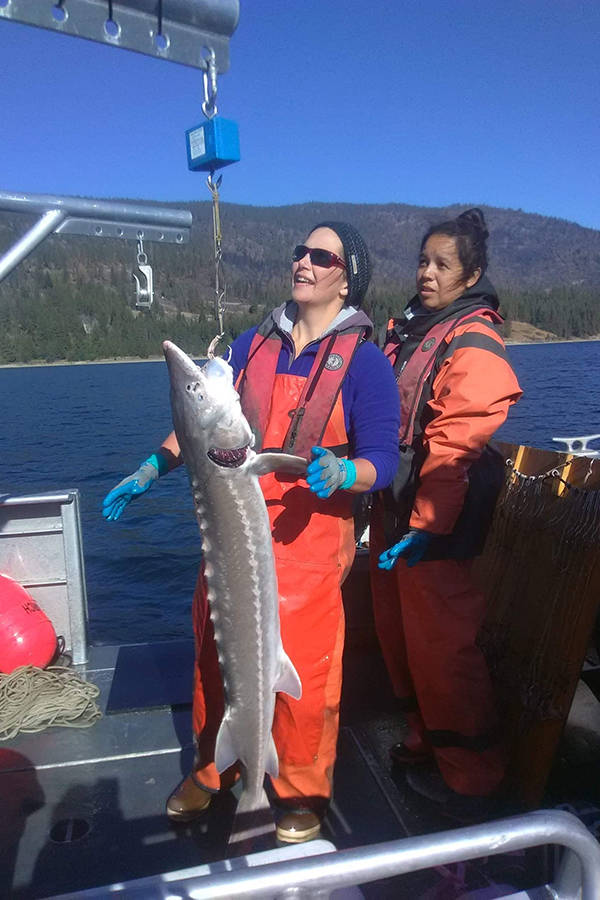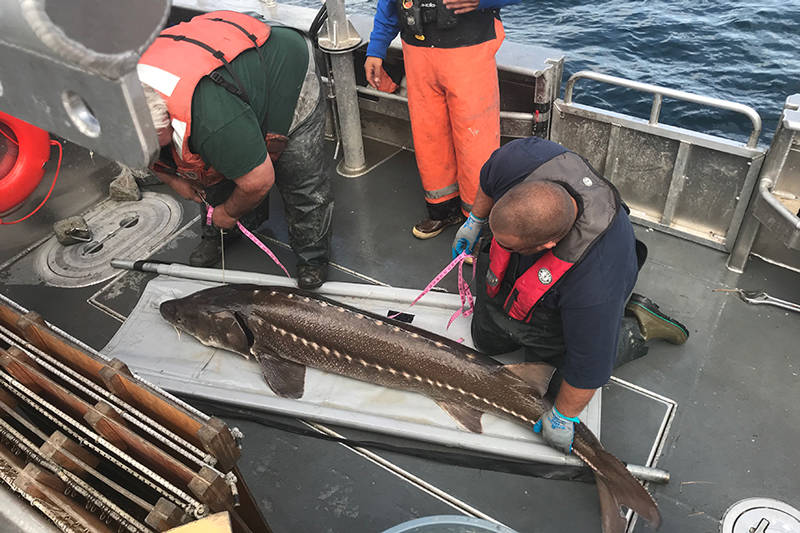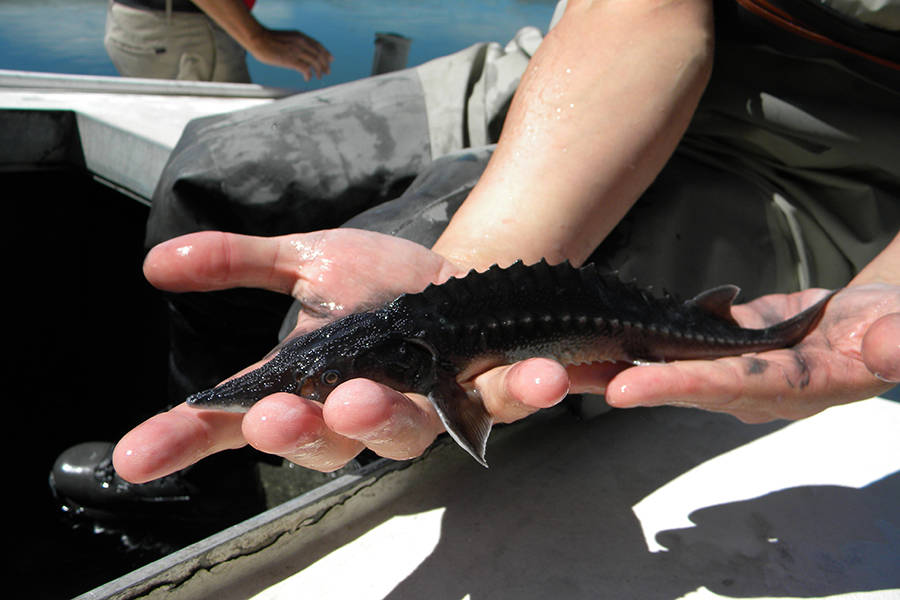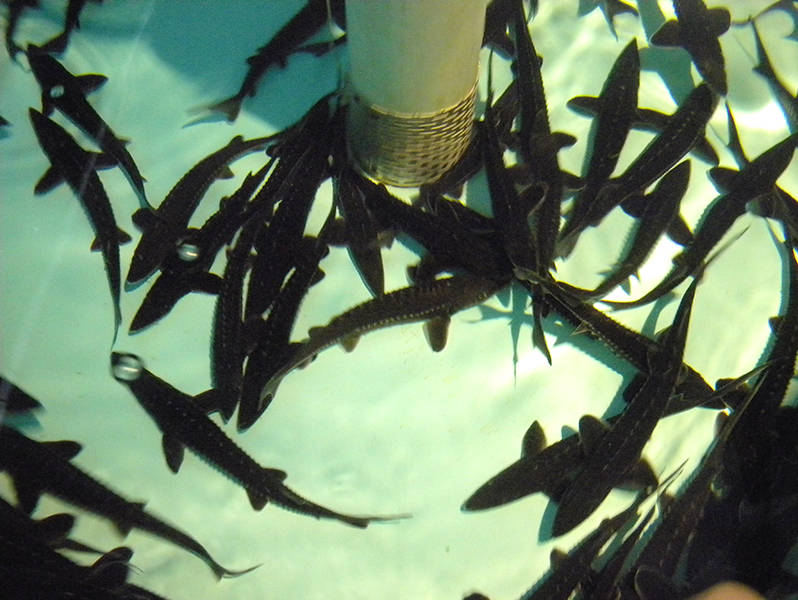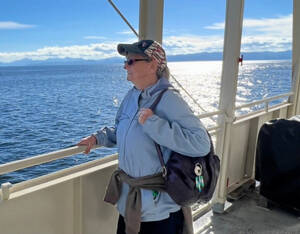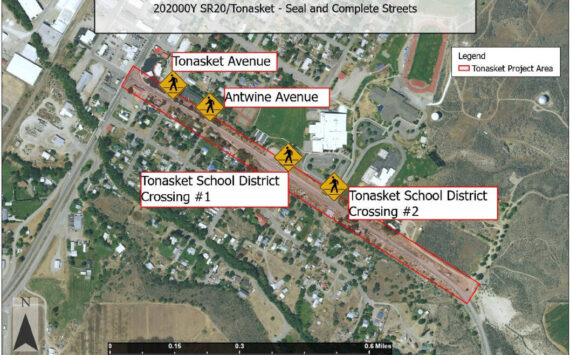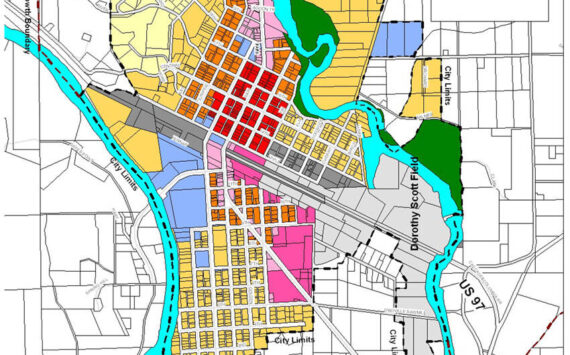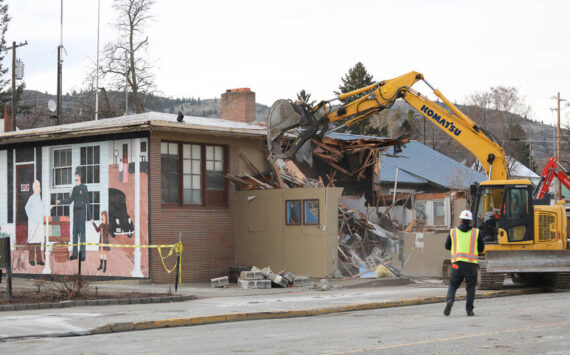Submitted by Michelle Campobasso
Colville Tribes Fish and Wildlife Public Relations
NESPELEM – Why has there been a steady decline of white sturgeon juveniles in the upper Columbia River? Fisheries managers are working to find the answers and have been focused on recovery efforts.
“Our white sturgeon program consists of a variety of activities that we have been conducting since 2011,” said Jason McLellan, fish biologist for the Colville Tribe. “The largest component of what we do is encompassed by the White Sturgeon Enhancement Project (WSEP), a BPA funded Accord project that began in 2011.”
Work under the WSEP is focused on the upper Columbia white sturgeon population, which has experienced a failure of natural recruitment (production of juvenile fish) over the last 40 years.
“Our recruitment failure research has focused on drift rates of white sturgeon larvae,” said McLellan. “We have done this by modeling drift with integrated flow and drift behavior models, as well as by capturing wild produced larvae, marking them, translocating them downstream in the river to simulate rapid drift, and then monitoring for them as older juveniles.”
From 2017- 2019, fisheries staff marked and translocated just over 80,000 larvae and continue monitoring efforts of juveniles produced from these releases.
Other project activities include stock assessment (population monitoring of wild and hatchery sturgeon), recruitment monitoring and investigations in to the causes of recruitment failure, such as exposure to metal contamination from smelter slag in sediment and/or increased predation.
During stock assessment, larger juveniles and adults are collected with setlines, and are fished upstream of Inchelium, Washington. Recruitment monitoring consists of setline (small hooks) and gillnet sampling upstream of Barnaby Creek. Sturgeon larvae were also collected near China Bend using plankton nets set on the river’s bottom.
“Over 10 nights in July we collected approximately 38,000 sturgeon larvae at China Bend,” said Matt Howell, fish biologist for the Colville Tribe. “Currently we’re conducting a two- week study testing experimental small-hook setline gear to target small juvenile sturgeon (yearlings, primarily) in the area between French Rocks and Marcus Island.”
Howell continued, “In September, we’ll be targeting older juvenile and adult sturgeon in the area between Gifford and the Little Dalles. In October, we’ll be conducting two weeks of gillnetting and trawling to see if any natural recruitment to the age-0 juvenile stage occurred in Lake Roosevelt this year.”
Population monitoring, recruitment monitoring and larvae collection for research and hatchery production is a collaborative effort between the Colville Tribe and the Spokane Tribe (a BPA funded Lake Roosevelt White Sturgeon Recovery Project) as well as the Washington Department of Fish and Wildlife.
“We have divided lead responsibilities to eliminate duplication, but we pool resources to be efficient due to the size of the upper Columbia River,” said McLellan.
Collaborating with our partners:
- Other activities include population assessments (adult and juvenile) on Priest Rapids and Wanapum reservoirs (funded by Grant County PUD from 2012-2014).
- Collecting wild white sturgeon larvae for the Wells Reservoir stocking program (funded by Douglas County PUD from 2013- present).
- Working with the Washington Department of Fish and Wildlife, particularly with regard to the hatchery production and the fishery for hatchery white sturgeon in Lake Roosevelt.
- The Colville Tribes’ Resident Fish Hatchery regularly provides support by holding fish for the Lake Roosevelt program.
- Collaborating with our Canadian counterparts and colleagues through the Upper Columbia White Sturgeon Recovery Initiative.
- The Colville Tribes’ Environmental Trust Department and the Upper Columbia Trustees Council provided substantial assistance in getting the larvae translocation work funded and implemented.
- The larvae translocation study received substantial funding support from the U.S. Department of Interior (National Park Service), which was facilitated by the Colville Tribes’ Environmental Trust Department and Upper Columbia River Trustees Council.
Fisheries biologists would like to remind anglers to report your sturgeon catch by calling 509-634-2110.
